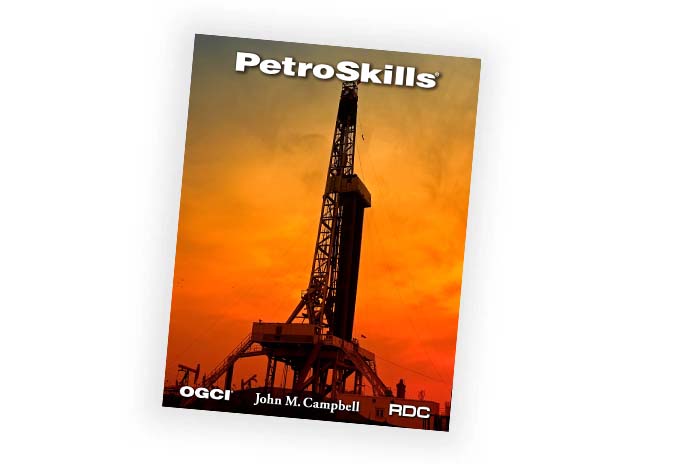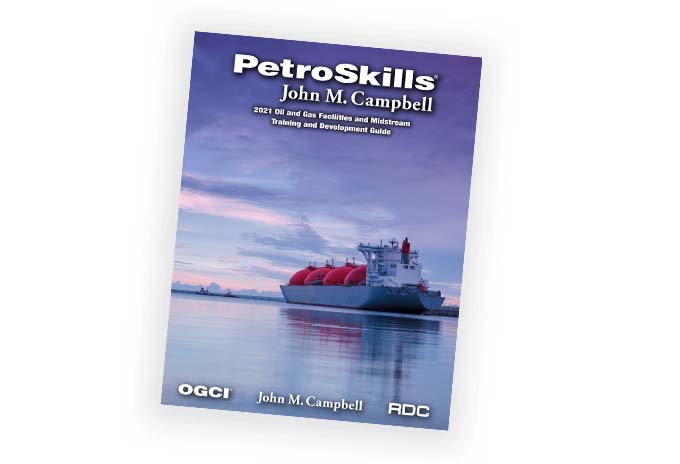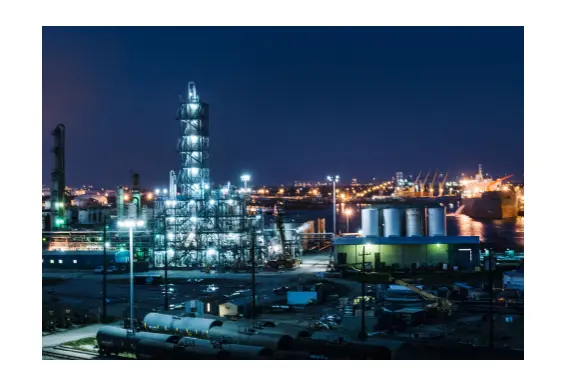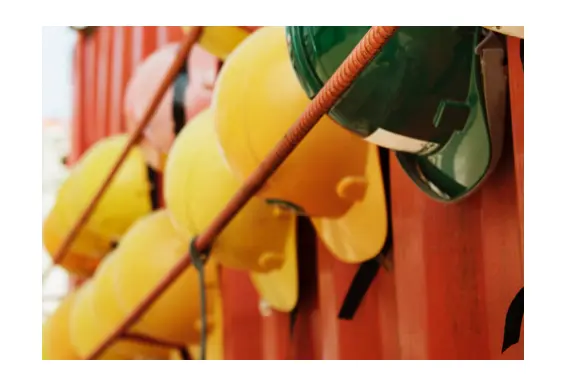Basic Geophysics - BGP - Virtual, Blended Delivery
About the Course
This workshop will be delivered virtually through PetroAcademy. Each PetroAcademy offering integrates multiple learning activities, such as self-paced e-Learning, virtual instructor-led sessions, discussion forums, group exercises, case studies, quizzes, field trips, and experiential activities.
In addition to the scheduled sessions, this course is available on-demand, wherein the course work is self-paced and instructor-led sessions are available any time as videos.
See detailed schedule
Activities include 2 hours of instructor-led, virtual training sessions, plus approximately 47 hours of self-paced work.
This course is designed to familiarize anyone using seismic data with the nature of the data and what they specifically represent. One of the key goals of the course is to explain the confusing amount of jargon that is used by the geophysical community when they use seismic data. The course is supplemented by a large number of case histories that concretely illustrate the principles in the course material. These are updated with every course presentation to keep up with the rapidly developing technology in this field.
Target Audience
Geoscientists, engineers, team leaders, geoscience technicians, asset managers, and anyone involved in using seismic data that needs to understand and use this data at a basic level or to communicate with others that use itYou Will Learn
This introductory module is an overview of the nature of seismic data, and how it is constructed and displayed. The purpose of the module is to familiarize learners with the nature of the seismic data that is presented to them.
-
What is propagating that we can record
-
Forming an image by compositing or "stacking"
-
Reflections at a geologic interface
-
The problem with stacking
-
An introduction to seismic migration
-
Seismic displays in both depth or time
The key to using or interpreting seismic data is to relate it to the geology and prospectivity. This module is designed to explain the basics of what is called the seismic process.
-
Changes in lithology
-
Velocity and density
-
The influence of porosity and pore filling material
SEISMIC DATA ACQUISITION
The goal of this module is to present stacking in 3D for both land and marine data. The point here is that the seismic image is heavy composited from several hundred reflections off of the same point in 3-dimensional space.
-
Marine acquisition
-
Land acquisition
-
Making a 3D data cube
-
The concept of bin gathering
WAVELET IN THE SEISMIC DATA AND LIMITS ON RESOLUTION
The vertical resolution of the seismic data is a critical issue because reservoirs are at or below the limit of resolution of the seismic data. The resolution is controlled by the propagating wavelet that is generated by the acquisition parameters. This concept is key to understanding the nature of seismic data.
-
Generating a propagating energy package
-
The wavelet and its resolution
SEISMIC VELOCITIES
The purpose of this module is to understand seismic velocities and how they are used to construct the seismic image. This is probably one of the biggest variables in seismic data.
-
The velocity family, the relationship between depth and time
-
Well velocities
-
Vertical seismic profiles (VSPs)
-
Overpressure and seismic velocities
OVERVIEW OF SEISMIC DATA PROCESSING
This module gives a very general overview of the processes used to create the seismic image. The objective is to clarify the jargon. This consists of "pre-conditioning" the data, and then forming the image by seismic migration.
-
Data conditioning, deconvolution
-
Imaging with seismic migration in depth and time
SEISMIC MIGRATION
The concept of seismic migration is so simple that it is a "hard sell." It simply relies on the compositing of many thousands of migrated traces in the data set in three dimensions.
-
Forming an image in 2D and 3D
-
Building a seismic data cube
DIRECT HYDROCARBON INDICATORS
The effect of hydrocarbons as a pore filling material in our seismic data is at the core of seismic interpretation. This module includes a section on rock physics.
-
The effects of hydrocarbons in the seismic image
-
Some rock physics
-
Pore filling materials
AMPLITUDE vs. OFFSET (AVO) CORE
Amplitude variation with offset is used to modify risk in hydrocarbon prospects. This module introduces the concept, process and application of the technology.
-
The "family" of prestack gathers
-
What do we expect to see in them
-
The effect of hydrocarbons
-
A clear understanding of AVO (amplitude vs offset)
-
The Rutherford and Williams classification
-
Seismic data as seen before stacking
-
Looking at offset gathers
SEISMIC INVERSION
What is done to the data is very simple, but the impact on our interpretation has become a huge issue. We have literally turned the seismic data into a rock property, specifically impedance. This is probably how we will view our seismic data in the future. Don't forget about the importance of density.
-
Rock parameters (Impedance) from seismic data
-
Inversion in a nutshell
ATTRIBUTES
This introductory section is a quick overview of some of the rather puzzling attributes that are often shown, and ae usually poorly explained. We do not typically view our seismic data in the frequency or phase domain, but they are becoming popular displays.
-
Where seismic imaging is going
-
Getting down to rock properties
-
A bit of an interpretation enigma
-
How to solve the resolution problem
-
An attribute list
SEISMIC MAPPING FUNDAMENTALS
This module walks the participant through the process of 3D mapping that is carried out on a workstation.
-
The layout of a 3D seismic survey
-
How to turn the interpretation into a data reduction process resulting in an interpretation and a structural map originally in time
-
The relationship between the data acquired in time, and the presentation of the map in depth
Course Content
BLENDED LEARNING WORKSHOP STRUCTURE
This program is comprised of the following activities:
ILT = Virtual Instructor-led Training
OL = Online Learning Activity/Reading
| Week | Activity | Hours (Approx) | Subject |
Session 1 Virtual ILT Option 1 Perth, AUS timezone (GMT+8) |
Session 1 Virtual ILT Option 2 Houston, US timezone (GMT-5) |
Session 2 Virtual ILT Option 1 Perth, AUS timezone (GMT+8) |
Session 1 Virtual ILT Option 2 Houston, US timezone (GMT-6) |
| Week 1 |
ILT |
1.0 | Orientation Webcast (pre-recorded) | On-demand | On-demand | On-demand | On-demand |
| OL | 4.0 | Nature of Seismic Image | |||||
| Week 2 | OL | 4.0 | Geological Association with Seismic Reflections | ||||
| OL | 4.0 | Seismic Data Acquisition | |||||
| Week 3 | OL | 4.0 | Wavelet in the Seismic Data and Limits on Resolution | ||||
| OL | 4.0 | Seismic Velocities | |||||
| Week 4 | OL | 4.0 | Overview of Seismic Data Processing | ||||
| OL | 4.0 | Seismic Migration | |||||
| Week 5 | ILT | 1.0 | Seismic Mapping Fundamentals - Session 1 | Monday, May 2, 09:00 | Tuesday, May 3, 08:00 | Monday, Nov 14, 09:00 | Tuesday, Nov 15, 08:00 |
| OL | 4.0 | Seismic Mapping Fundamentals | |||||
| ILT | 1.0 | Seismic Mapping Fundamentals - Session 2 | Wednesday, May 4, 09:00 | Thursday, May 5, 08:00 | Wednesday, Nov 16, 09:00 | Thursday, Nov 17, 08:00 | |
| Week 6 | OL | 4.0 | Direct Hydrocarbon Indicators | ||||
| OL | 4.0 | Seismic Inversion | |||||
| Week 7 | OL | 4.0 | Amplitude vs. Offset | ||||
| OL | 4.0 | Attributes | |||||
| Week 8 | OL | 4.0 | Seismic Unconventional Reservoirs |
Product Details
Categories:
UpstreamDisciplines:
GeophysicsLevels:
BasicProduct Type:
CourseInstructors:
John LogelAdditional
Request a Public Session
If you are interested in a public session of this course, please click the button below to request it.
Request Public SessionIn-House Training
This course is also available upon request as a private, on-site seminar. Contact us for details and pricing.
Request In-House TrainingNeed Help
Contact us if you have additional questions about how to register for or attend this course.
Contact Us



